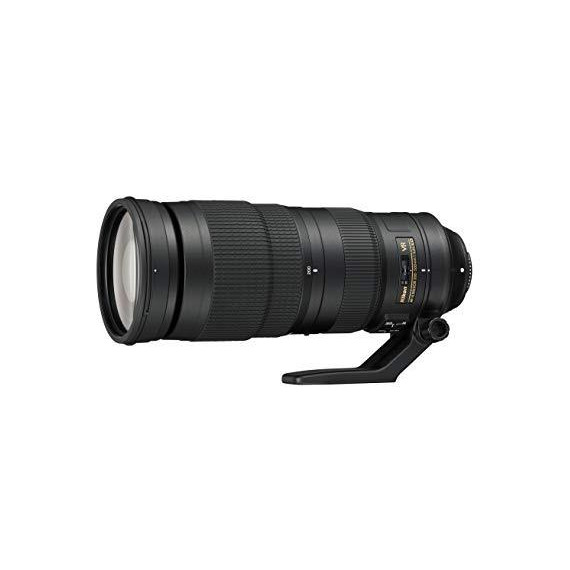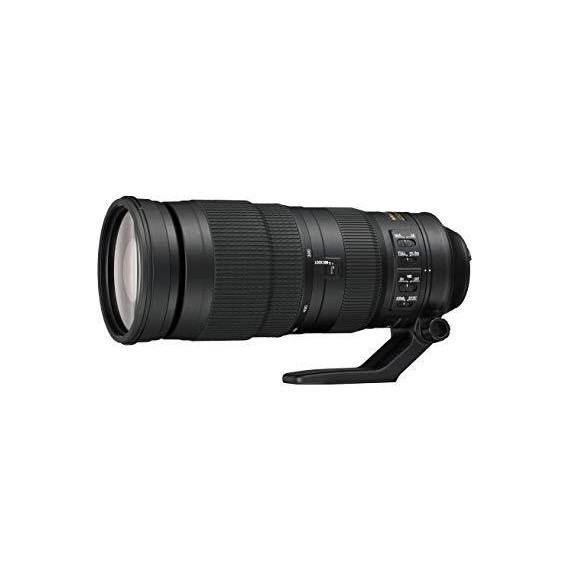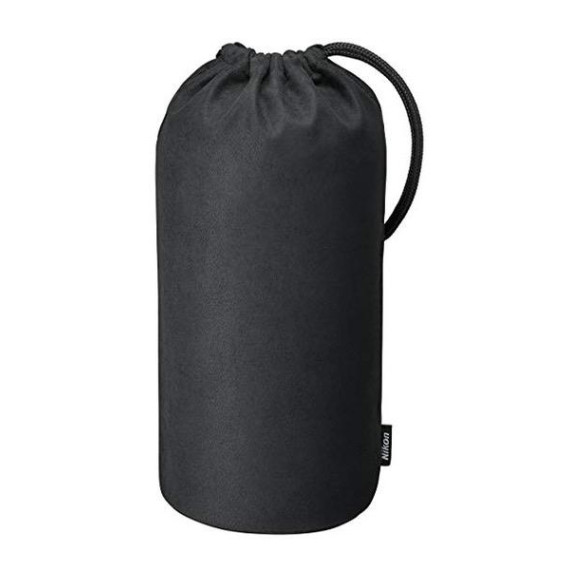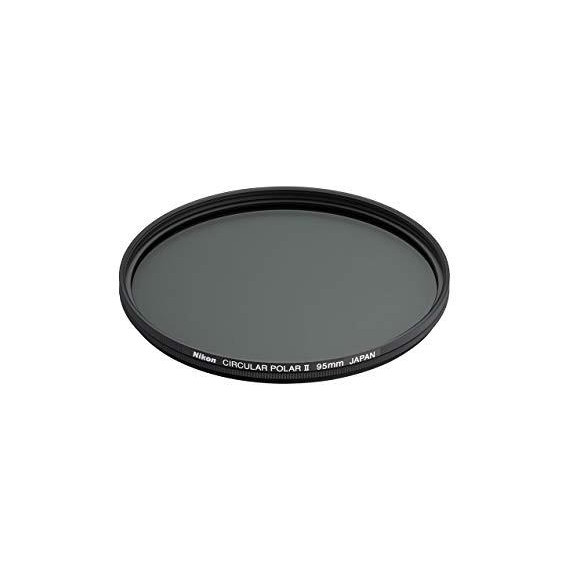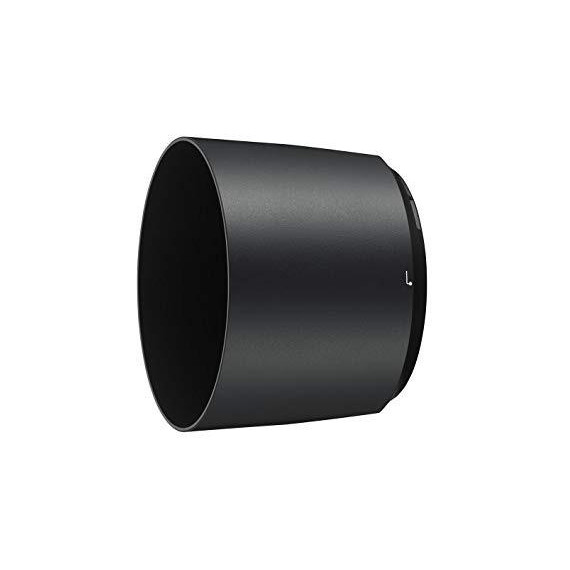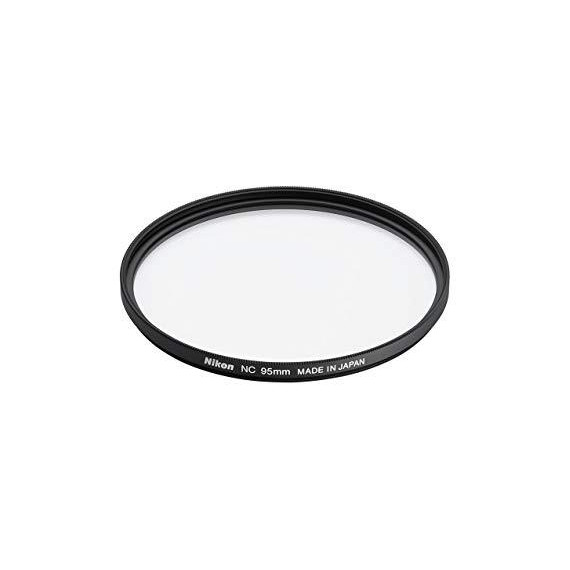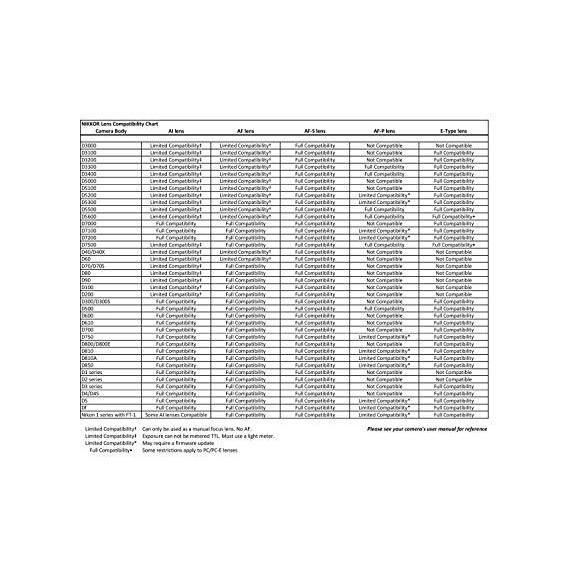JMoomaw
Just received today and gave it a quick test of a few hundred images using a D600. I cant find any faults. Based on my sample Im very happy with this lens which has several features and capabilities I wanted. It is a great balance in size and cost for its tele range and performance. After hauling around and shooting larger F2.8 pro tele lenses in this range, this smaller size will be a lot more practical. Im much more likely to have this lens with me when I need it. Observations on my sample: * No focusing issues: fast and sharp at all f-stops and lengths. I tracked a squirrel darting along a fence ridge and it stayed tack sharp. Panning race cars in Sport lens mode worked notably better (sharper and/or allowed lower shutter speeds) than panning without. Cars moving towards and away from camera stayed sharp with lens wide open (granted this is a function of both camera and lens.) * Minimal vignetting: some seen wide open above 400mm, adequately corrected at F8, completely gone beyond F8 * Good sharpness: seems equally sharp across the field at all apertures and lengths; diffraction softness visible at f16 and above (no surprise). NOTE: Its been observed that some of Nikons long teles go soft at infinite focus and seem optimized for closer in. My testing was all within 100 yards, so I cant comment on far-focus sharpness... Ill be curious what others find. * Low distortion: nothing I could see, but I didnt find a great target for this * Low chromatic aberration: When viewing images at >2x full size in Lightroom I could find discolored edges a few pixels wide at high-contrast edges at all apertures and lengths. In all cases checking the "Remove Chromatic Aberration" box fixed the problem. * Very low flare: Very bright automobile chrome hotspots caused *zero* flare; direct sun filtered thru tree branches/leaves caused minor flare * Stabilization: the VR worked as expected; Sport mode worked great for panning. Doesnt have a tripod mode * Size and weight: I dont find the weight to be an issue when shooting handheld, but the larger diameter makes it a challenge to fit in my photo backpack since the barrel size is much larger than "normal" 77mm Nikon lenses. Its only an inch longer than the 300mm F4 I had in the pack, so the length isnt really the issue. Its a little less than twice the weight of that 300mm with a 1.4TC, a combo I consider fairly light. Upodate 9/4/16: After shooting several hours at the race track I didnt have any fatigue problem hand-holding the lens. * Tripod bracket: well located balance point with camera mounted; makes a handy handle for this large diameter lens esp with camera body attached; can be removed * Bokeh: out-of-focus circles are soft, but Im no expert on how to assess this * Good build quality: this isnt a cheap plastic lens, appears to be mostly metal; feels solid * Accessories: came with hood ( 4 in long) and soft fabric storage bag. I havent had a problem with hood coming off as some have reported, it seems tight. * Tele-converters and focus (update 9/4/16): Finally took several hundred pictures at a vintage auto racing event under sun and clouds and found the Continuous auto-focus to be fast and accurate for all directions of motion. No fuzzy shots, all very sharp. I noticed several focus squares would lite up. However when adding a Nikon TC-14E-II 1.4 Teleconverter (taking the lens to F8, maximum for camera for autofocus) to get more reach, the number of focus squares would drop to one and I would often get hunting (lens focus running in and out) and/or an out-of-focus image. This was true for cloudy and full sun. Didnt happen all the time, but I did lose shots due to focus failure and waiting for the lens to stop hunting... a definite risk. Photo metadata indicate pictures shot at between 280-700mm. Im sure there is some image softening and loss of contrast from this TC but it is slight. Lens works with all the Nikon TCs but anything longer than the 1.4 (i.e., 1.7, 2.0) must be manually focused and sharpness/contrast go down. With some lenses I found the loss of sharpness when using the 2.0 teleconverter was worse than just enlarging the raw lens image (dont have one anymore to do this test here) so would urge testing before committing to that TC with this lens. * Tele-converters & birds (update 4/22/17): Spent five days at Malheur Wildlife Refuge primarily photographing birds. Handheld the camera the whole time, possible because of the stabilizer and high camera ISO. When birds were on the ground I needed to reduce focus to a small circle to ensure critical focus on the head/eyes. When in the air I needed to enlarge the circle to make sure I was getting focus on the moving bird. After shooting at 500mm and wanting a little more reach I finally put the 1.4 TC on and was pleasantly surprised how well the focus worked for this. Ive attached a 700mm shot of a Marsh Wren (small bird 10-15ft out) at 1/2000s, 1400 ISO, f8, and a Harrier hawk (large bird hundreds of feet out) at 1/1600s, 1250 ISO, f8 (1:1 image). It seemed I often got sharper images on closer birds than farther but I suspect I was suffering from heat shimmer on the far shots vs. lens itself. I will say there were a lot of "almost-sharp" shots at all ranges and Im not sure the cause. Nikon reports my lens S/N as not needing the focus firmware update so I cant blame that issue. I dont have experience with other lenses this long to compare results with. I didnt get the high yield of dead-sharp images I do with the 70-200mm VR. * Solar Eclipse (update 8/22/17): How better to test infinite focus or extreme contrast than shooting the moon or sun? Typical advice is that its hard to get sharp images of the sun due to several factors, but Ill post these anyway. Sharpest focus was with notch mark right at center of the infinity symbol, using sun spots as a focus target. Both images needed chromatic aberration removed, which Lightroom had no issues fixing. Partial eclipse (moving towards 2nd Contact) was shot with solar filter (95mm Firecrest Neutral Density 5.4 Solar Eclipse Filter), and Diamond-Ring was shot without a filter. Both shot with Nikon 1.7 TC at 850mm, and everything manual, on a tripod with VR turned ON. Note: High-end 95mm filters are stupid-expensive, even compared to 77mm which I consider high. Nikons lens cap is also way up there. Bottom line, if you want a reasonably priced good performing long tele I think purchase of this lens is low risk. If you dont like it you wont have a problem reselling it. For image quality and speed it certainly beats stacking TCs on the shorter teles. The relatively light weight and VR make hand-holding very practical. But the large diameter makes it a bit of a challenge to put in your bag. Image post-processing should probably always include removing chromatic aberration.




